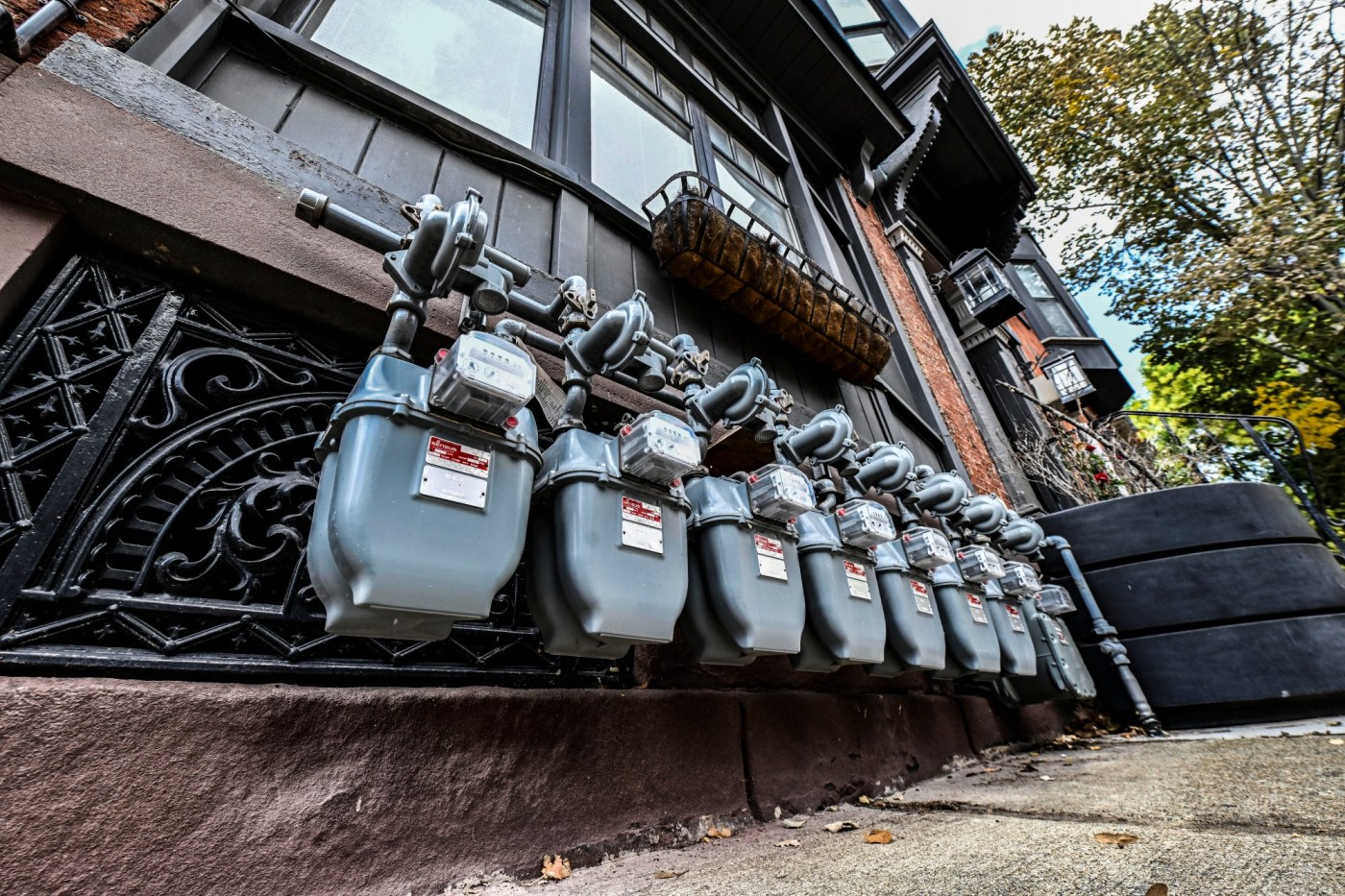University Researchers Launch Self-Driving Lab for Material Growth

Researchers at the University of Chicago’s Pritzker School of Molecular Engineering have developed an innovative “self-driving” laboratory system that autonomously grows materials used in electronics and quantum technologies. This automated system utilizes robotics and artificial intelligence to optimize the process of creating thin metal films, reducing the time and labor traditionally required for such experiments.
The team, led by undergraduate researcher Yuanlong Bill Zheng, who is currently pursuing a Ph.D. at UChicago PME, aimed to streamline the cumbersome process of fine-tuning the parameters involved in material synthesis. “We wanted to free researchers from the tedious, repetitive labor of setting up and tweaking these experiments,” Zheng explained. The system is designed to automate the entire experimental loop—conducting tests, measuring outcomes, and feeding results back into a machine-learning framework that directs subsequent actions.
Revolutionizing Material Synthesis
At the core of this innovative system is a technique known as physical vapor deposition (PVD). This method involves heating materials like silver until they vaporize, subsequently condensing into ultra-thin layers on a substrate. PVD is highly sensitive to numerous variables, including temperature, time, and ambient conditions, making it challenging to predict outcomes accurately. Traditionally, researchers have relied on manual adjustments, engaging in numerous trial-and-error cycles that can span days or even weeks.
Zheng, alongside UChicago undergraduates Connor Blake and Layla Mravae, constructed a robotic platform capable of handling every step of the PVD process. They collaborated with Dr. Yuxin Chen and his student Fengxue Zhang from the university’s Computer Science Department to develop a machine learning algorithm. This algorithm predicts the necessary parameters for creating desired thin films and iteratively refines these settings to achieve success.
“Researchers can specify their desired outcome, and the machine learning model will guide the system through a series of experiments to reach it,” Zheng noted. To mitigate the impact of unpredictable variables—like minor differences in substrates or trace gases present in the vacuum chamber—the system begins each experiment by creating a thin “calibration layer” that helps the algorithm understand the unique conditions of that run.
Efficiency and Cost-Effectiveness
The researchers tested their system by directing it to produce silver films with specific optical properties. This choice was strategic, as silver is a well-understood material, albeit challenging to perfect. Remarkably, the self-driving setup achieved the desired targets in an average of just 2.3 attempts. In total, the system explored a broad range of experimental conditions within a few dozen runs, a task that would typically require a human team several weeks of effort.
The entire setup was built from scratch for under $100,000, significantly less expensive than previous commercial attempts to create similar self-driving lab systems. With this foundational technology, the team is optimistic about expanding their approach to more complex materials, particularly those pertinent to next-generation electronics and quantum devices.
“This is just a prototype, but it demonstrates how AI and robotics can revolutionize not only the production of thin films but also the broader field of materials discovery,” remarked Assistant Professor Shuolong Yang, the senior author of the study published in npj Computational Materials. The researchers believe that this pioneering work could pave the way for more efficient and accessible material synthesis methods in the future.






